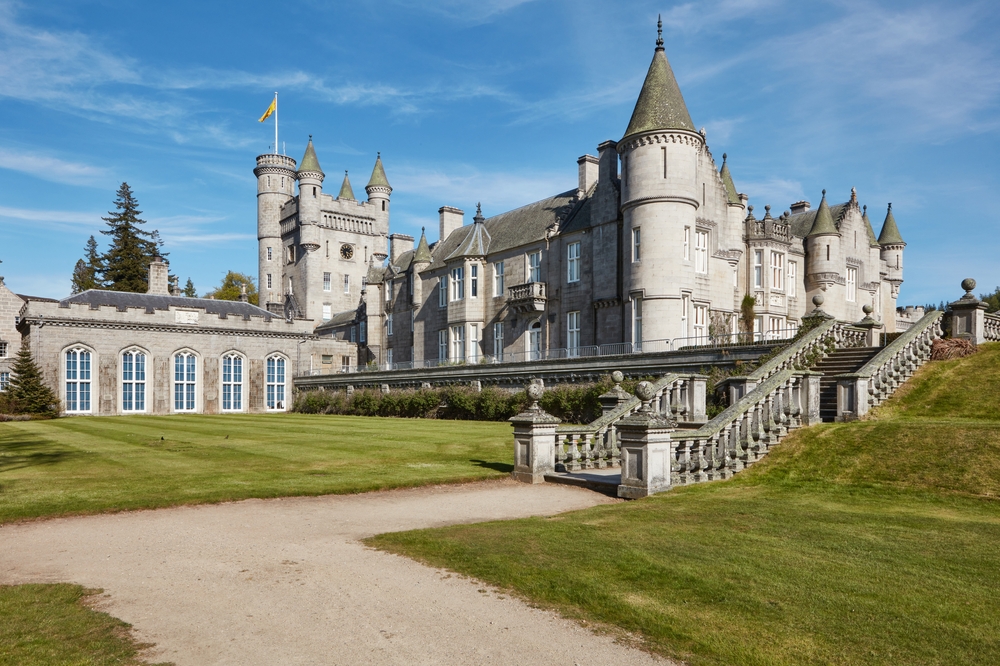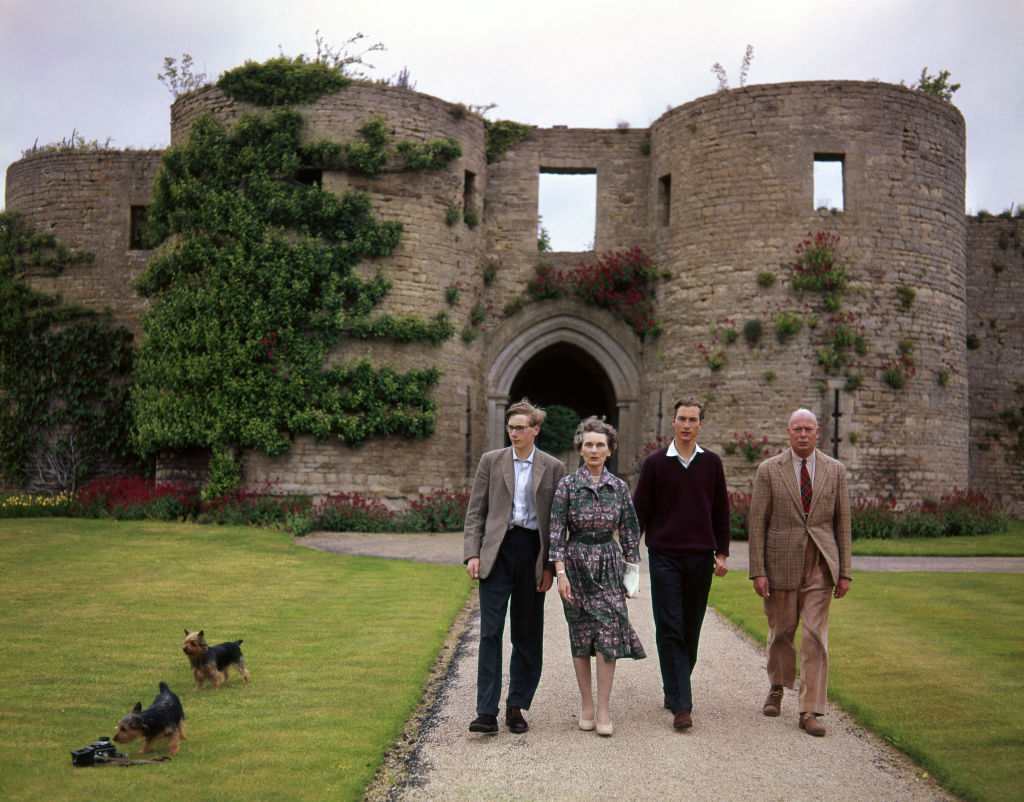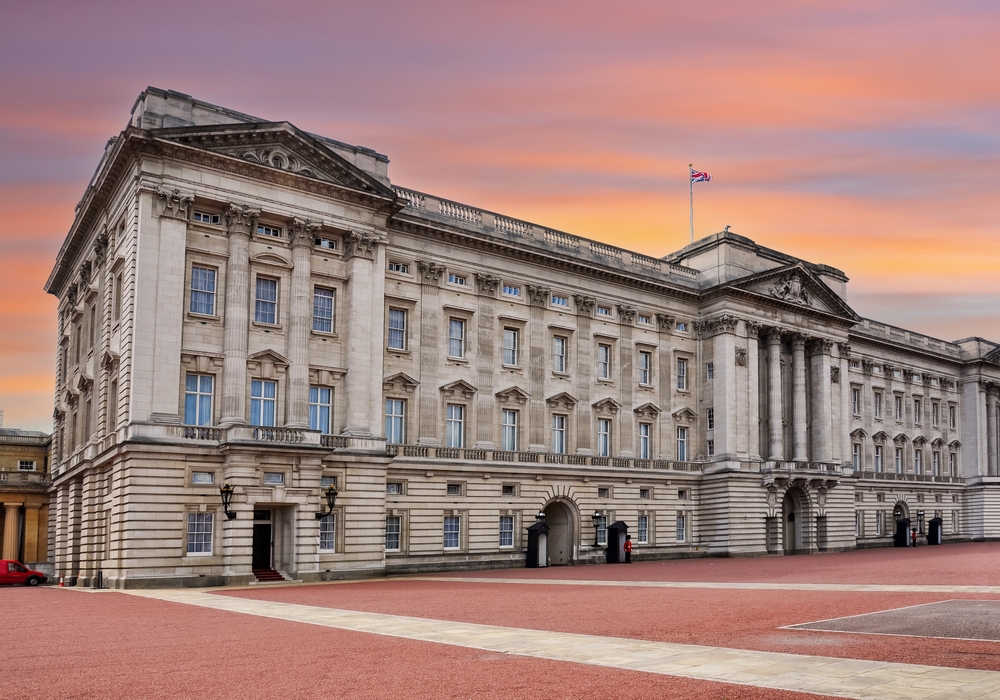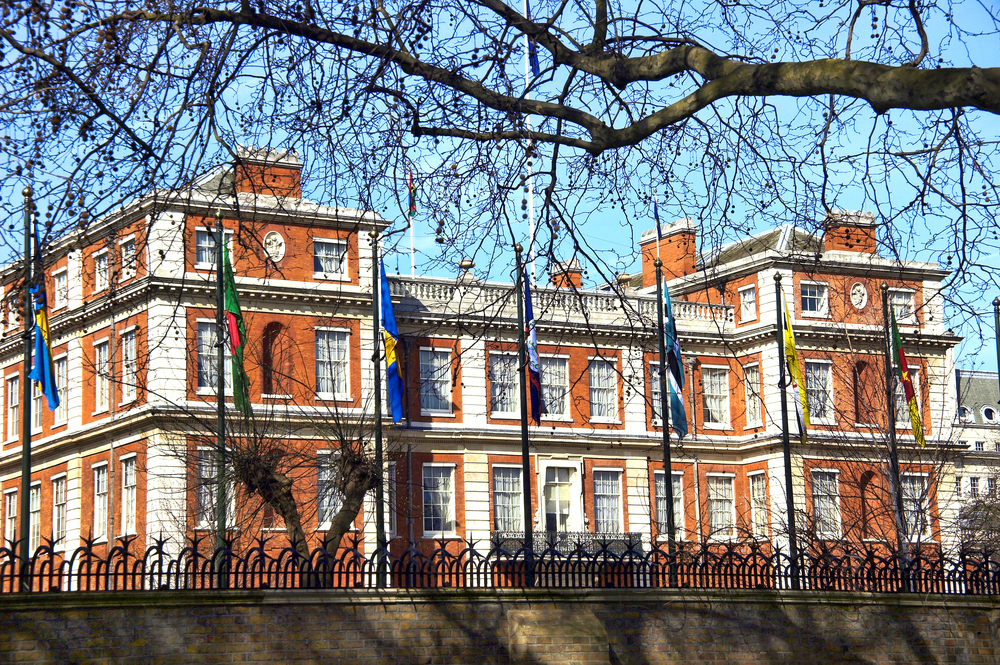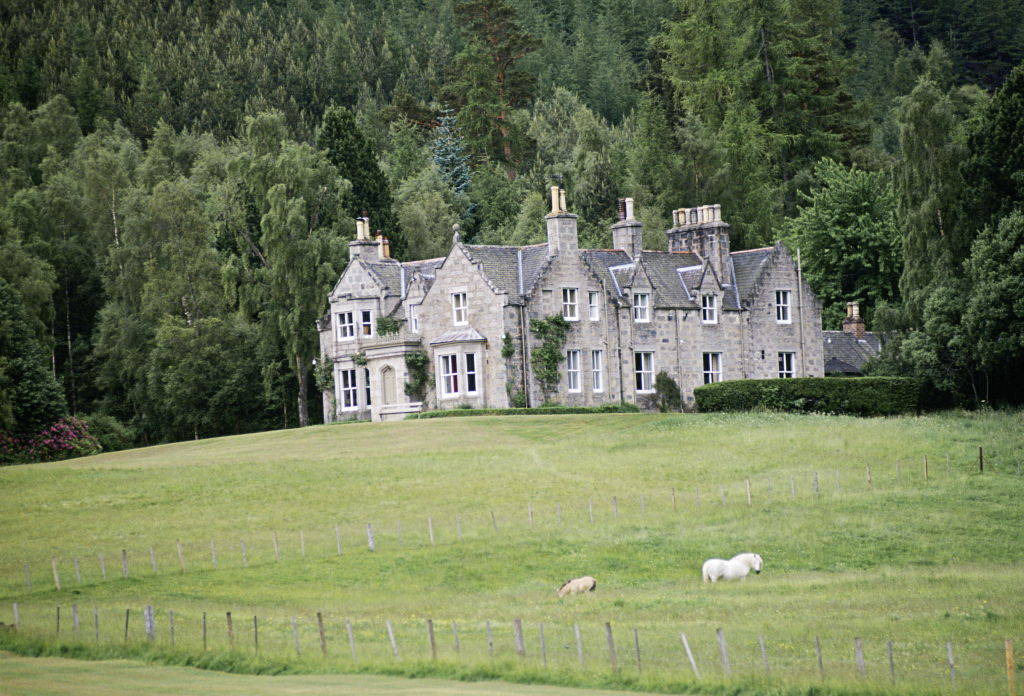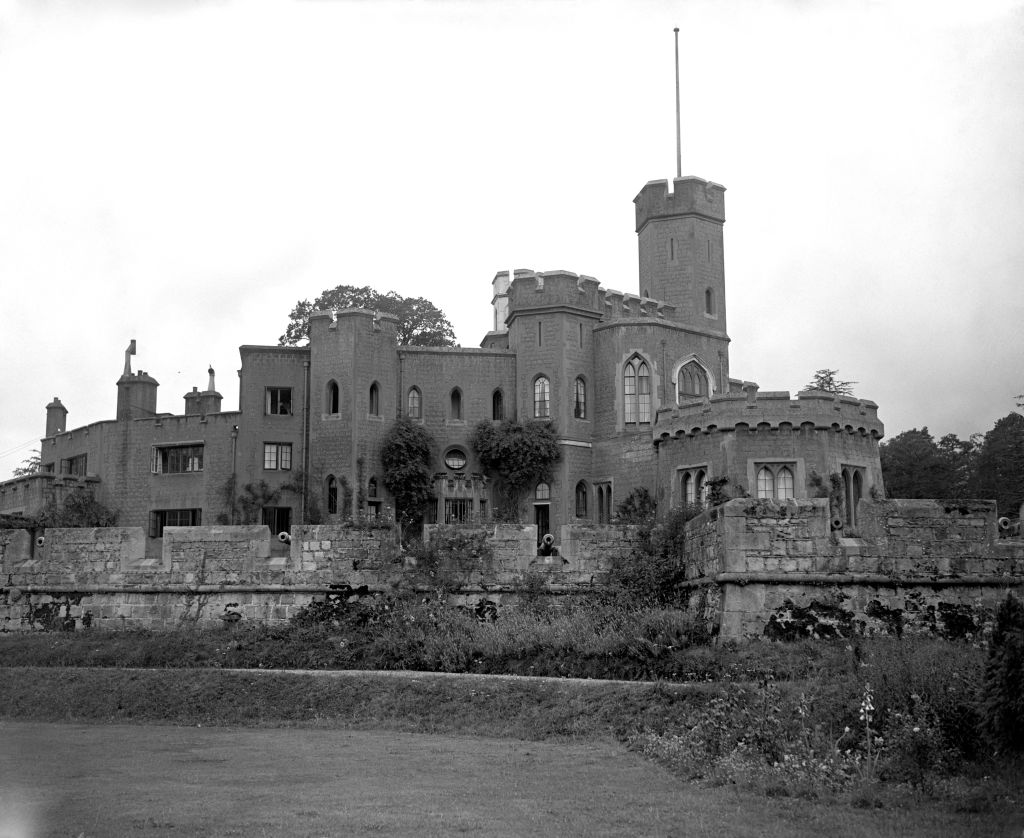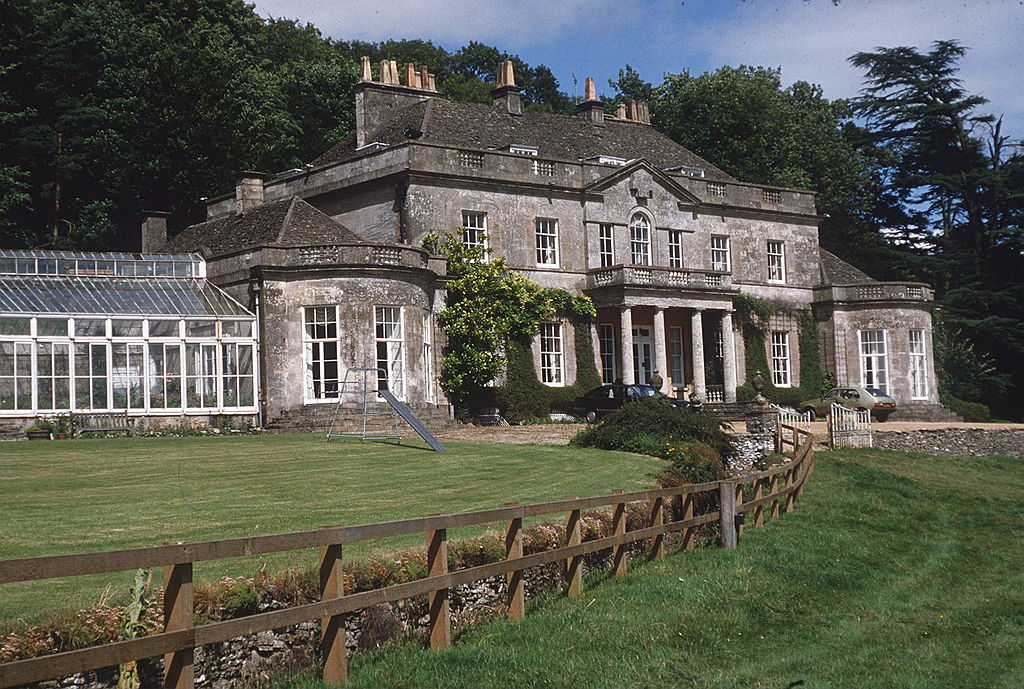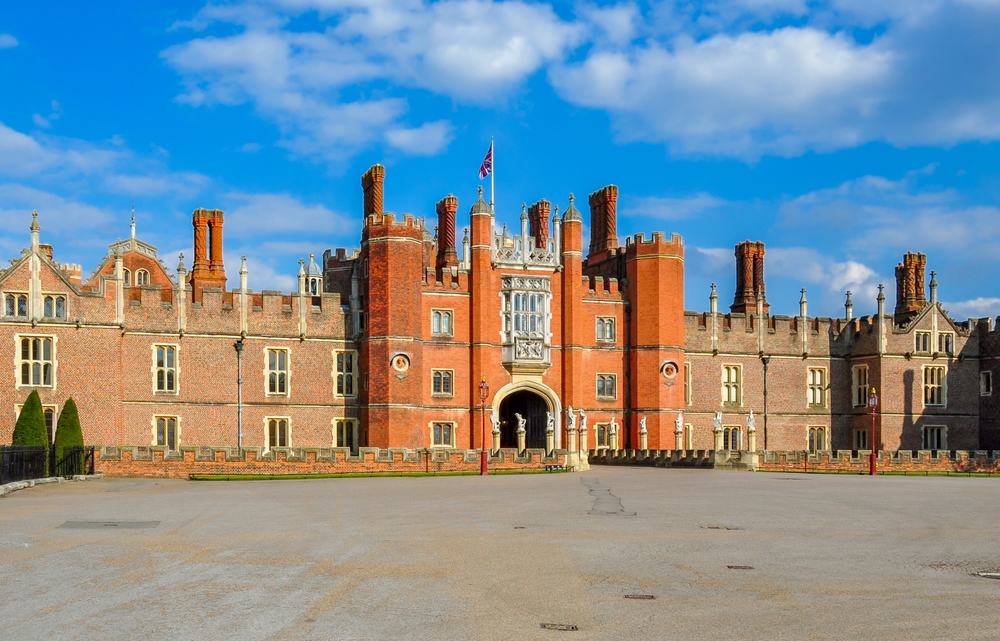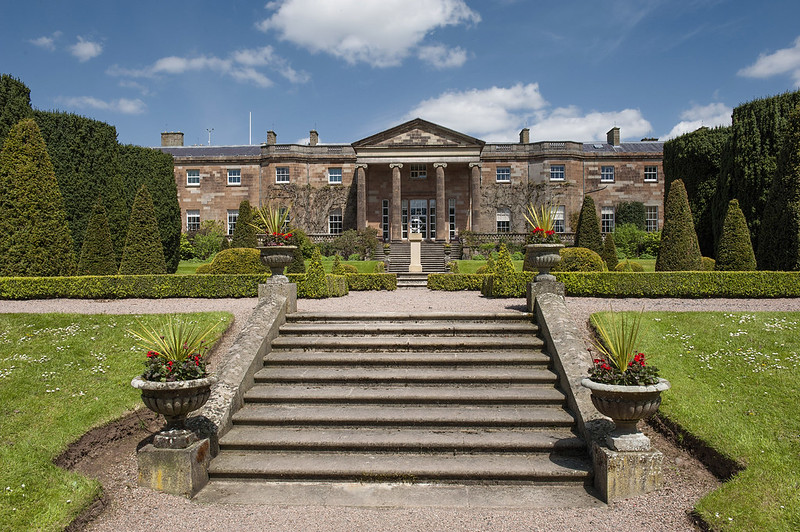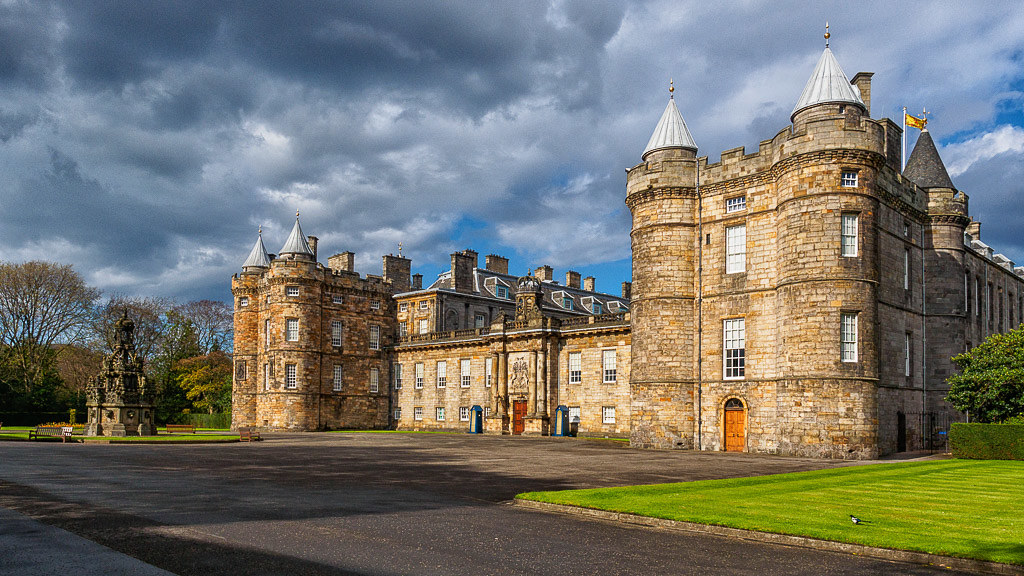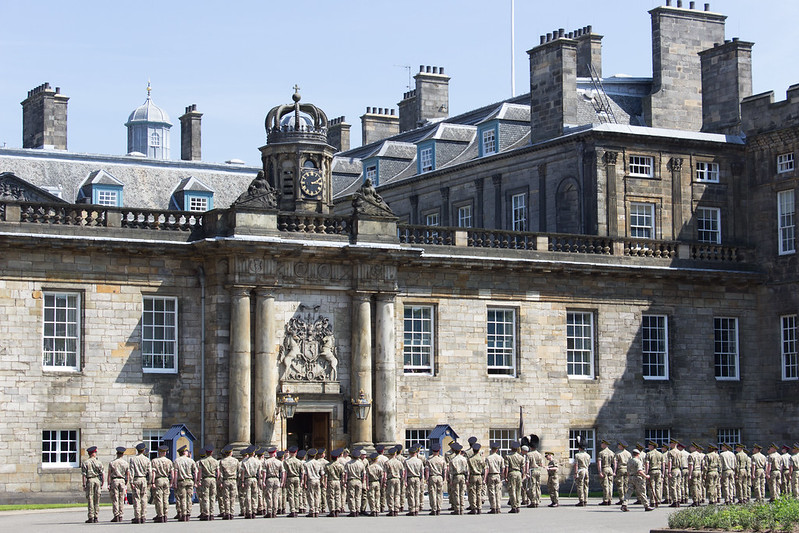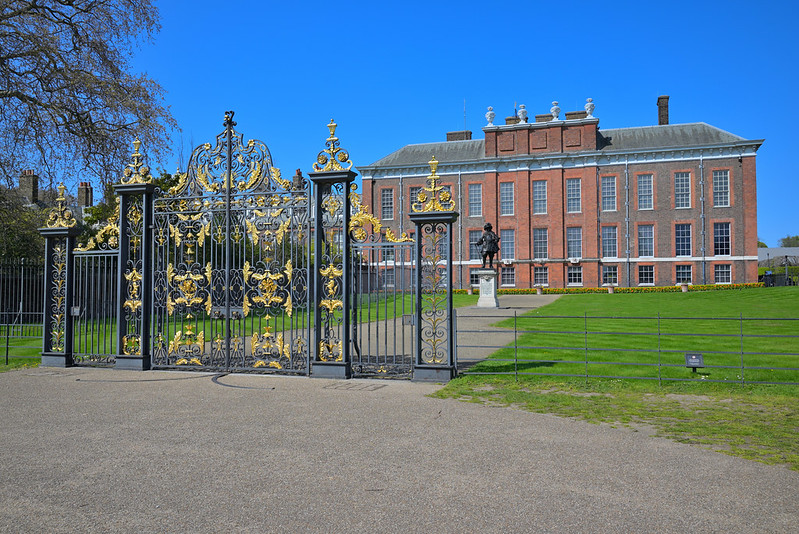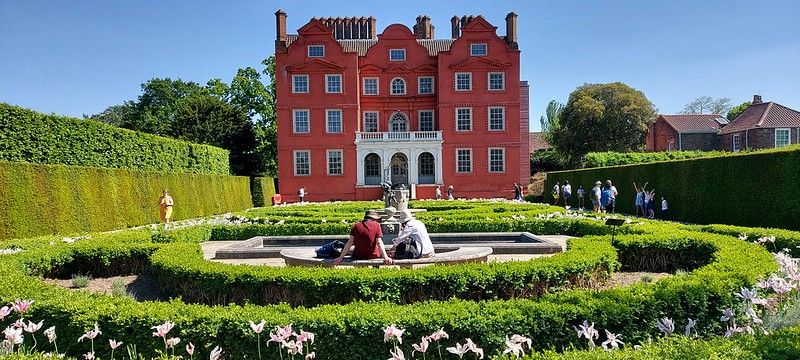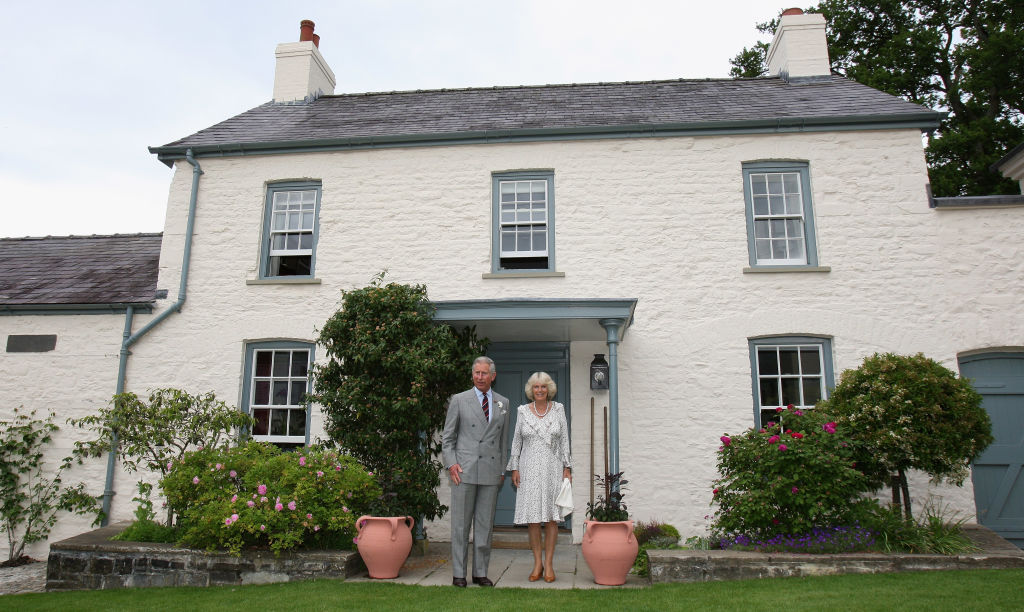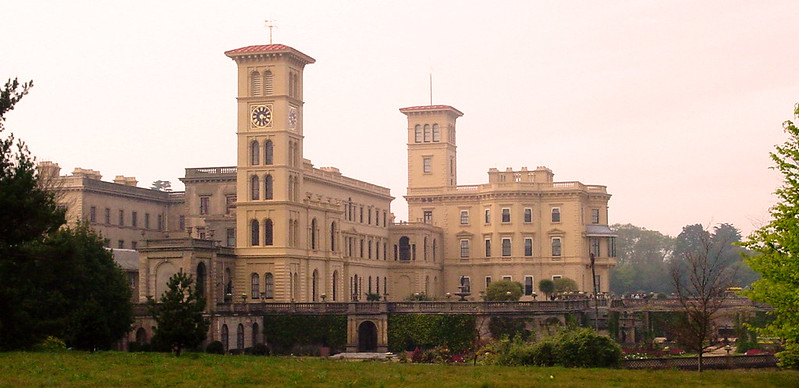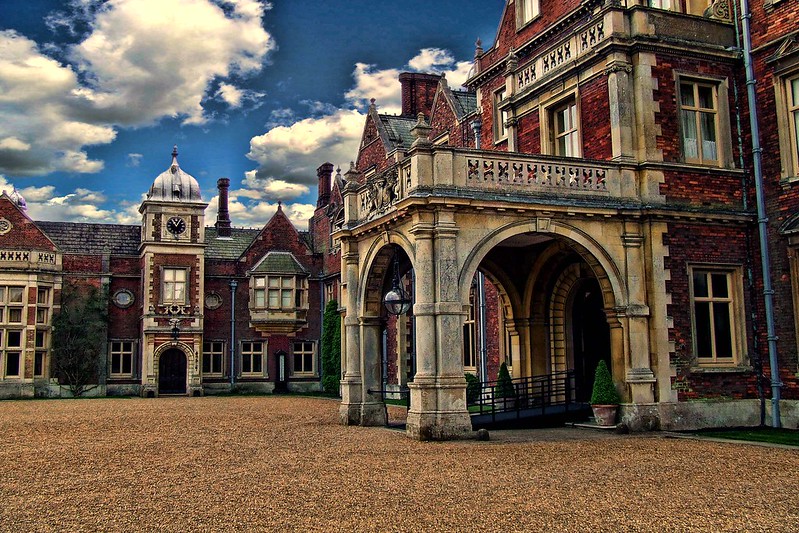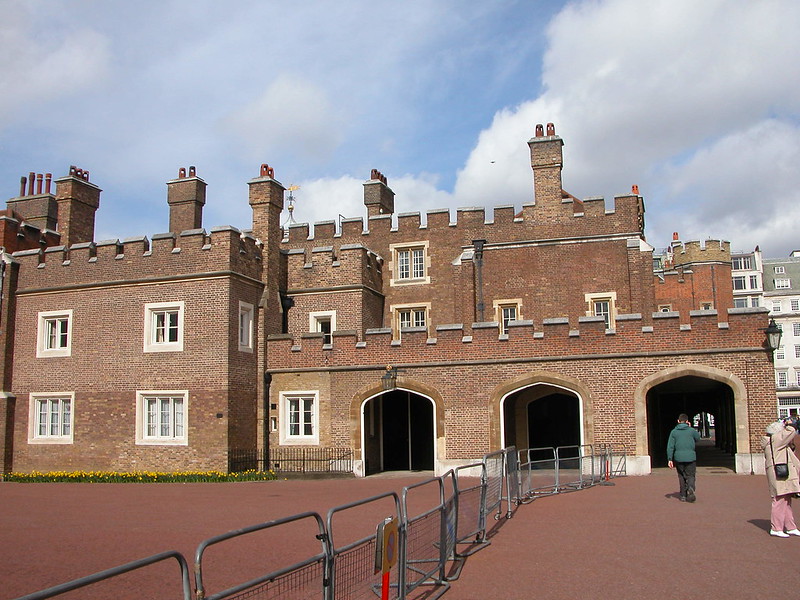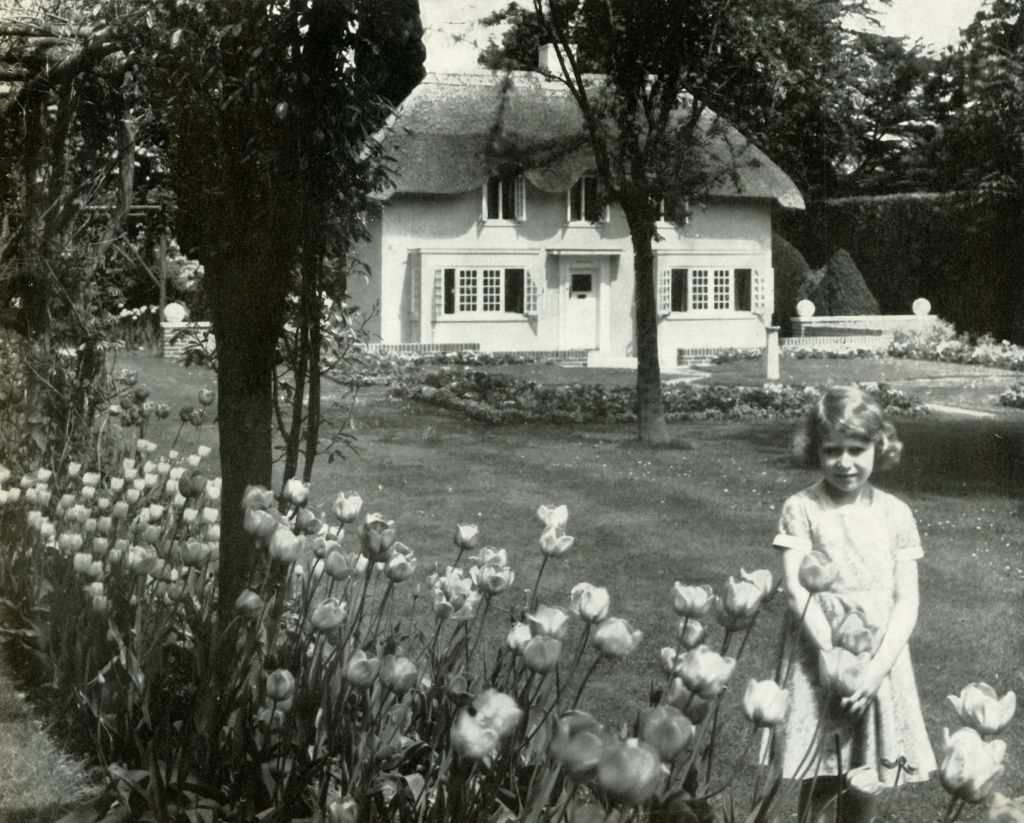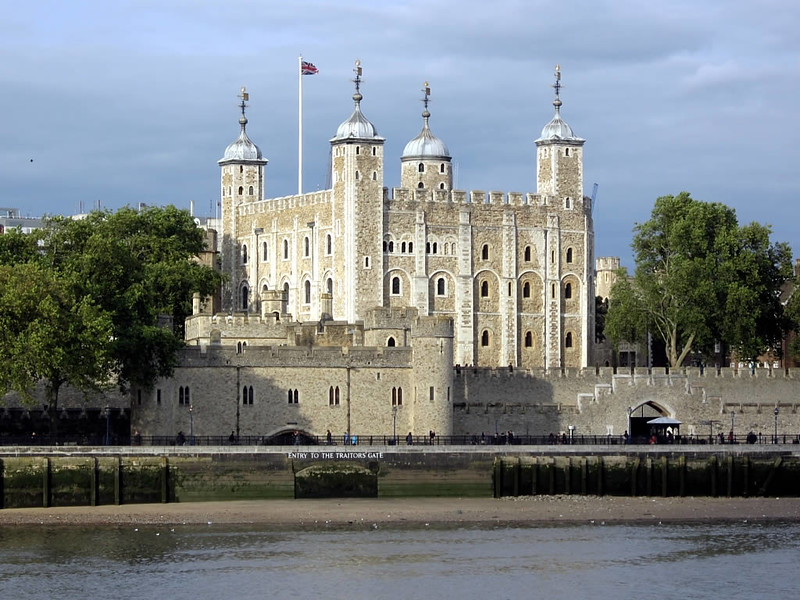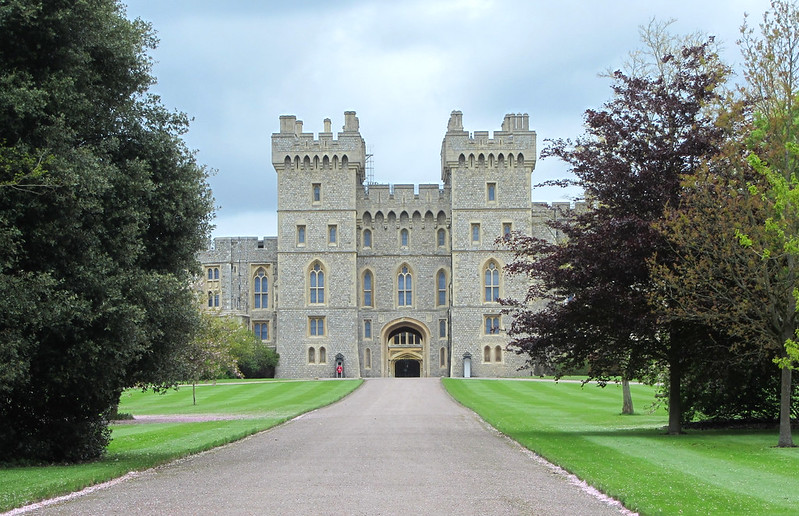Behind closed royal doors
The British royal residences are full of history and hold many secrets, intriguing tales, and concealed elements. Here is a glimpse into some of the most well-known assets of the British monarchy.
Bagshot Park
Bagshot Park is the current Surrey residence of Prince Edward and Sophie, Countess of Wessex, containing 57 rooms in total. Many claim Bagshot Park to be a secret home of Queen Elizabeth II that was supposed to go to Prince William and Kate Middleton.
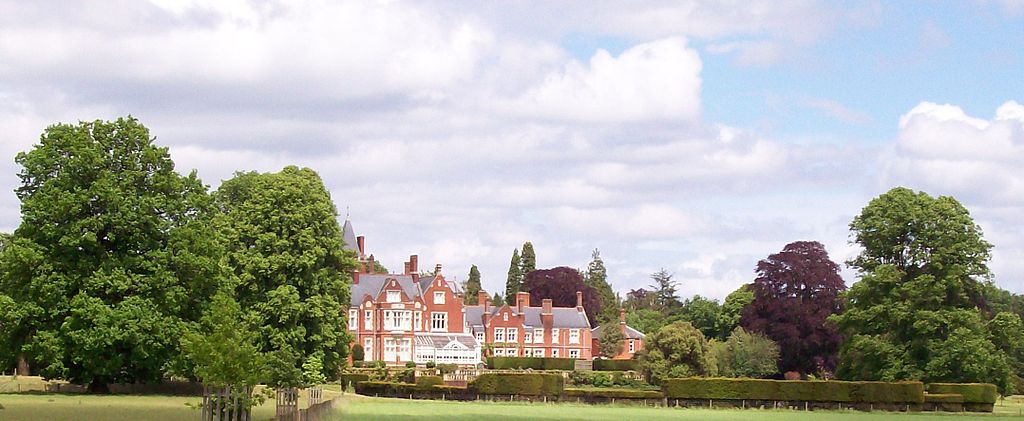 Len Williams, Wikimedia Commons
Len Williams, Wikimedia Commons
Balmoral Castle
Balmoral Castle in Aberdeenshire, Scotland was Queen Elizabeth's summer residence, bought by Queen Victoria and Prince Albert in 1852. The 50,000-acre estate includes 150 buildings and is a holiday spot for the Royals. There are rumors of concealed safes and hidden compartments in the castle's Victorian furniture, but such are unverified.
Banqueting House
The Undercroft of the Banqueting House featured a secret 'grotto' or cellar by Isaac de Caus, designed for King James I and his friends to drink in. The secluded, dimly lit space contrasts with the grandeur of the Hall above, adding an air of mystery to the King's parties.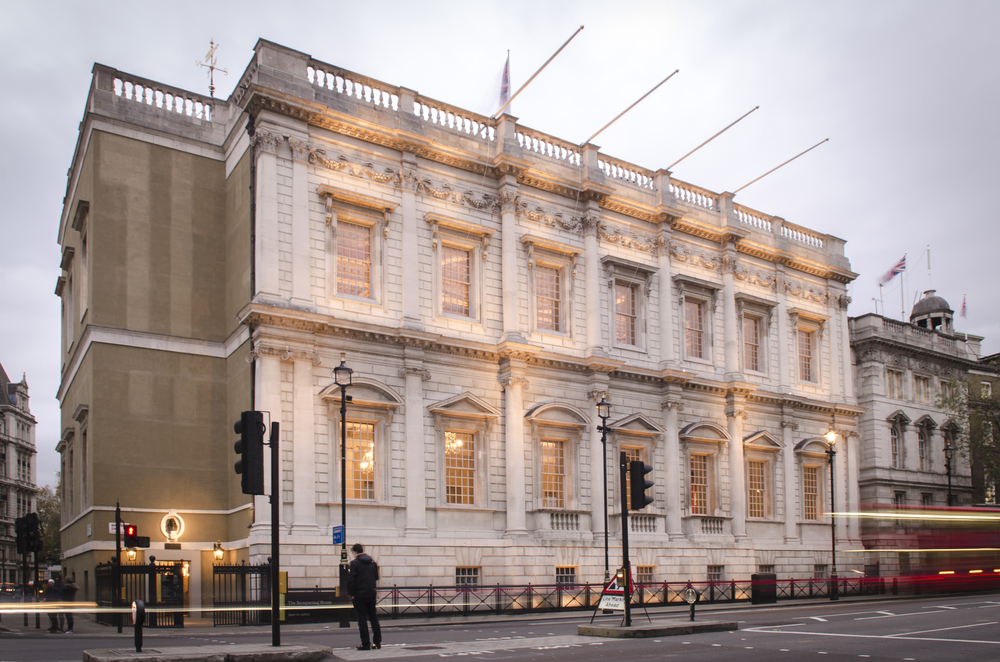 William Barton, Shutterstock
William Barton, Shutterstock
Barnwell Manor
In 1540, Barnwell Manor was gifted to the Montagu family by King Henry VII. The estate returned to the royal family in 1938 and is today being leased out to Windsor House Antiques by the Gloucesters. According to some reports, the property includes secret passageways that were used during World War II.
Buckingham Palace
Buckingham Palace has served as the London home of UK monarchs since 1837, boasting 775 rooms. The White Drawing Room is a popular space for audiences and gatherings, where the Queen enters through a secret door. Ambassadors present their credentials and the room is used for events, Christmas broadcasts, and family photos.
Clarence House
Clarence House is the official Crown-owned place in London where Prince Charles III and Queen Consort Camilla Parker lived before he became king. Queen Elizabeth II, Prince Philip, the Queen Mother, Prince William, and Prince Harry also resided there. Rumored underground tunnels connect Buckingham Palace and Clarence House.
Craigowan Lodge
Craigowan Lodge is a rustic stone cottage on Balmoral estate grounds, a mile from the main castle. Prince Charles and Princess Diana often stayed there on trips to Scotland. The property is said to have a private lift inside as well as additional security on the premises.
Fort Belvedere
Built in the 1820s by architect Jeffry Wyatville, Fort Belvedere is part of the Windsor Estate and showcases the Gothic Revival style. From 1929 to 1936, it was the residence of Edward VIII, who added modern amenities like stables, a pool, and tennis courts. The property consisted of the secret rooms where King Edward VIII made decisions about abdicating.
Frogmore House
Frogmore House is a private sanctuary with a rich history dating back to King George III, who bought the estate for Queen Charlotte in 1792. It has been a retreat for monarchs for centuries and was the setting for a royal wedding celebration over 200 years later. The property is especially known for its hidden garden, which rarely opens to the public.
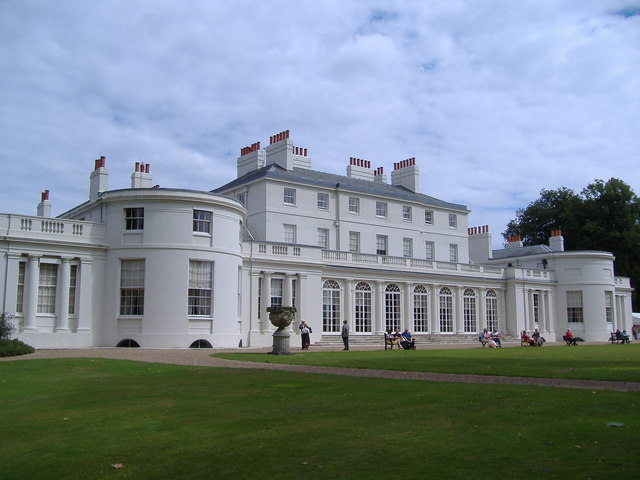 Gill Hicks, CC BY-SA 2.0, Wikimedia Commons
Gill Hicks, CC BY-SA 2.0, Wikimedia Commons
Gatcombe Park
Gatcombe Park is Princess Anne and Sir Timothy Laurence's Gloucester home, bought by Queen Elizabeth in 1976 for Anne. Zara Tindall and her family moved there in 2013. One of its secret features is a hidden underground wine cellar that is known to be rarely pictured.
Hampton Court Palace
The Tudor dynasty's Hampton Court Palace was established in 1514 by Cardinal Thomas Wolsey for King Henry VIII. It was then expanded by Sir Christopher Wren and Capability Brown for King William III and Queen Mary II. Queen Victoria opened it as a museum in 1838, with Queen Anne's bed considered a secret treasure tucked away in a secluded part of the palace that is rarely seen by visitors.
Highgrove House
Highgrove House in Gloucestershire, England, was the residence of King Charles III and Queen Camilla. Built in the late 1700s, the estate was purchased by the Duchy of Cornwall in 1980. King Charles III renovated the home in 1987, adding neoclassical extensions. The estate includes a wildflower meadow with 120 plant varieties and 30 bee colonies.
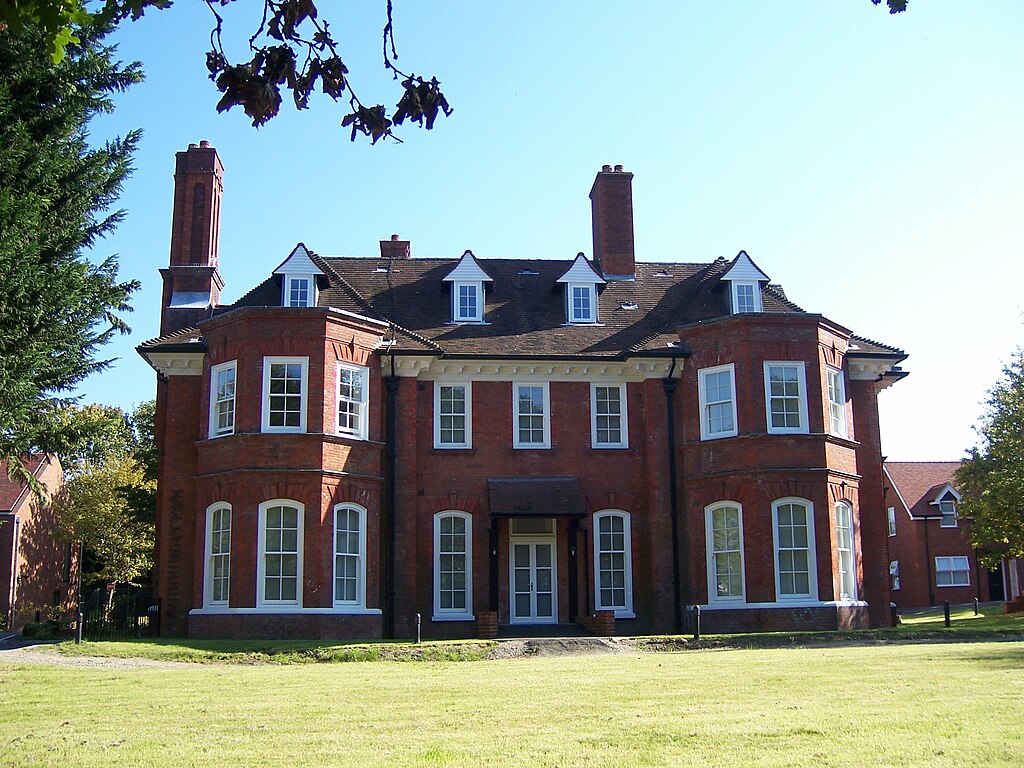 Harrison49, CC BY-SA 3.0, Wikimedia Commons
Harrison49, CC BY-SA 3.0, Wikimedia Commons
Hillsborough Castle
Hillsborough Castle, on 100 acres of gardens, is the official residence of the monarch and Secretary of State for Northern Ireland. British Royal Family members also stay there. The most distinct rooms of the property are the State Rooms used for security purposes, which reportedly have secret doors.
Holyroodhouse
The Outer Chamber
Holyroodhouse, a Scottish residence owned by the Crown, began as a monastery in 1128. It hosts national events like Holyrood Week, celebrating Scottish culture. One part of the palace known as the Outer Chamber is where David Rizzio was allegedly murdered. His bloodstain is rumored to still be present in the room.
Holyroodhouse
Mary, Queen of Scots' Chambers
Between 1561 and 1567, Mary resided in the Palace of Holyroodhouse. The north-west tower, constructed almost five centuries ago for her father James V, is where her private chambers are located. This area of the Palace is the most ancient, accessed through a narrow, steep, and twisting staircase.
Kensington Palace
Kensington Palace, Queen Victoria's former palace in London, is now the residence of various members of the royal family, including Prince William and Princess Kate Middleton. They previously lived in Apartment 1A, where Princess Diana, Prince Harry, and Meghan Markle also resided. During their childhood, Prince William and Prince Harry are said to have used a hidden entrance to go out and buy McDonald's with their mother, Princess Diana.
Kew Palace
Kew Palace, the smallest royal palace, was built in 1631 as a residence for silk merchant Samuel Fortrey. George II and Queen Caroline chose Kew for their three daughters. Over the course of its 260-year existence, there have been claims of hidden underground passageways and kangaroos being kept as pets.
Llywynyerwermod
Llwynywermod, also called Llwynywormwood, is a property belonging to the Duchy of Cornwall. It is the former residence of then-Prince Charles III and Queen Consort Camilla Parker. The Welsh home is said to be almost completely sustainable, even consisting of a wood-chip boiler for heating water and rainwater harvesting systems.
Osborne House
Osborne House, a former royal residence in East Cowes, Isle of Wight, UK, was built by Queen Victoria and Prince Albert between 1845 to 1851. It sits on a private beach with the Queen's bathing machine, which has slatted wood, a basic entrance, a small window, steps for water access, and privacy curtains. Prince Albert loved sea bathing, which is why they chose a beachside location for this property.
Royal Lodge
Royal Lodge, near Windsor Castle, was King George VI and Queen Elizabeth's country home. Prince Andrew moved in 2004 after renovations, living there with Sarah Ferguson. The property is known for its vast, secluded gardens, which often serve as perfect venues for private weddings.
 BarnyS1, CC BY-SA 3.0, Wikimedia Commons
BarnyS1, CC BY-SA 3.0, Wikimedia Commons
Sandringham House
Sandringham in Norfolk is a royal residence privately owned by the Windsors. Purchased in 1861 for Prince Edward to settle down in, it is known for its beautiful 600-acre gardens; however, a lesser-known aspect of the property's history is that it was once transformed into an entertainment space with activities like bowling, pool, hunting, and shooting.
St. James Palace
St. James's Palace in London has been the historical residence of English monarchs. It is where the Garter King of Arms proclaims a new monarch's accession after the death of a king or queen. According to Princess Eugenie's husband Jack Brooksbank, the palace has hidden doors and secret passages—including one tunnel from St. James' Place to Dukes Bar.
Thatched Lodge House
Thatched House Lodge was first built for Richmond Park garden keepers and later served as a royal grace-and-favor residence until 1927. Sir Angus Ogilvy and Princess Alexandra made it their permanent home in 1963, where Alexandra now resides. The property is said to have hidden artifcats and a secret study room that was utilized by Sir Robert Walpole.
Tower of London
The Tower of London, known as His Majesty's Royal Palace and Fortress, is a historic castle by the River Thames in London, England. One tower, "The Bloody Tower," has a grim history of torture and executions. Lady Grey, the Countess of Salisbury, and the ghosts of twins murdered in the tower are believed to haunt the site.
Windsor Castle
Windsor Castle is a Crown-owned residence for UK monarchs for over 900 years. It includes St. George’s Chapel where various royal weddings took place. Queen Elizabeth often stayed at the castle to relax. The property has tunnels, some for practical use and some suspected of leading to undisclosed locations for emergency escape.


